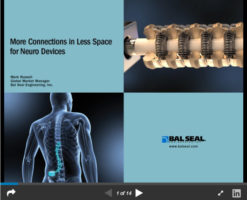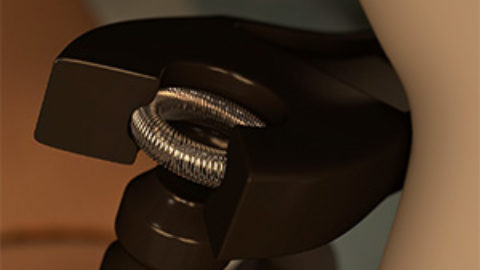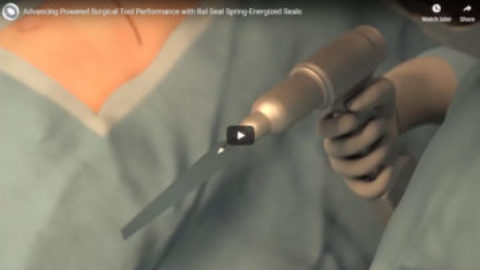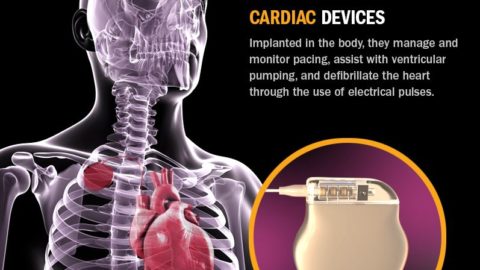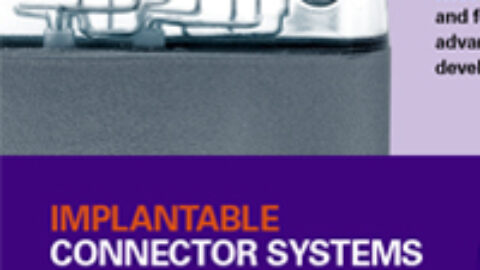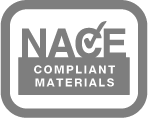Designing smaller implantable neuromodulation devices with greater connector density is one tough job. But choosing the right electrical connector for your medical device can make it a lot easier.
That’s why we’ve prepared this short presentation for you. It examines the relationship between electrical contact selection and the performance of implantable devices. It also suggests some ways you can make more compact, functional devices AND improve your speed to market.
Neuromodulation Device Challenges
Neuromodulation devices are active medical implantables that deliver life-improving therapies. Examples include:
- Cochlear/middle ear implants
- Cortical implants
- Deep brain stimulation
- Peripheral nerve
- Spinal cord stimulation
- Sacral nerve stimulation
- Functional electrical stimulation
The demand for smaller medical devices is combatted by the fact that new therapies require greater and often more complicated functionality.
The device header is the area where the lead interconnects with battery and electronics. There’s limited real estate, and it represents as much as 30% of the size of the device. A smaller header allows for a smaller device.
In the header, electrical connectors enable transmission of pulses through the lead to the body. This determines performance of the system and ensures therapy delivery at optimal levels.
Performance Factors for Electrical Connectors for Medical Devices
Tiny contacts can deliver big performance as long as they provide:
- Small pitch to conserve header space
- Multipoint conductivity to reduce risk of failure
- Ultra-low contact resistance (<100 mΩ) for better signal integrity and longer device life
- Biocompatibility (can be ensure with selection of various proven materials)
- Insertion force (can be minimized by using a contact that offers customizable control of lead insertions/removal requirements)
- Reliability (can be optimized by employing 100% force verification and heat lot material control)
Design Considerations for Medical Device Electrical Connectors
When designing electrical connectors for medical devices, it’s important to consider:
- Male interface diameter and tolerance
- Materials that will interact with the contact
- Space availability for contact OD
- Force contribution of contact and fluid seals
- Electrical resistance requirements
Spring-based contact technologies like Bal Conn electrical connectors consist of a spring in metal housing. They leverage the mechanical and electrical properties of the canted coil spring and allow for a compact footprint and small pitch for saving space. These electrical connectors can be configured in a variety of shapes and housing features to fit your application.
Connect with Bal Seal Engineering
If you’d like to learn more about custom designing an electrical connector for your implantable neuromodulation device, click here to submit a design request form.
The experts at Bal Seal Engineering can help you optimize the design and functionality of your application.
